Pacing the Field
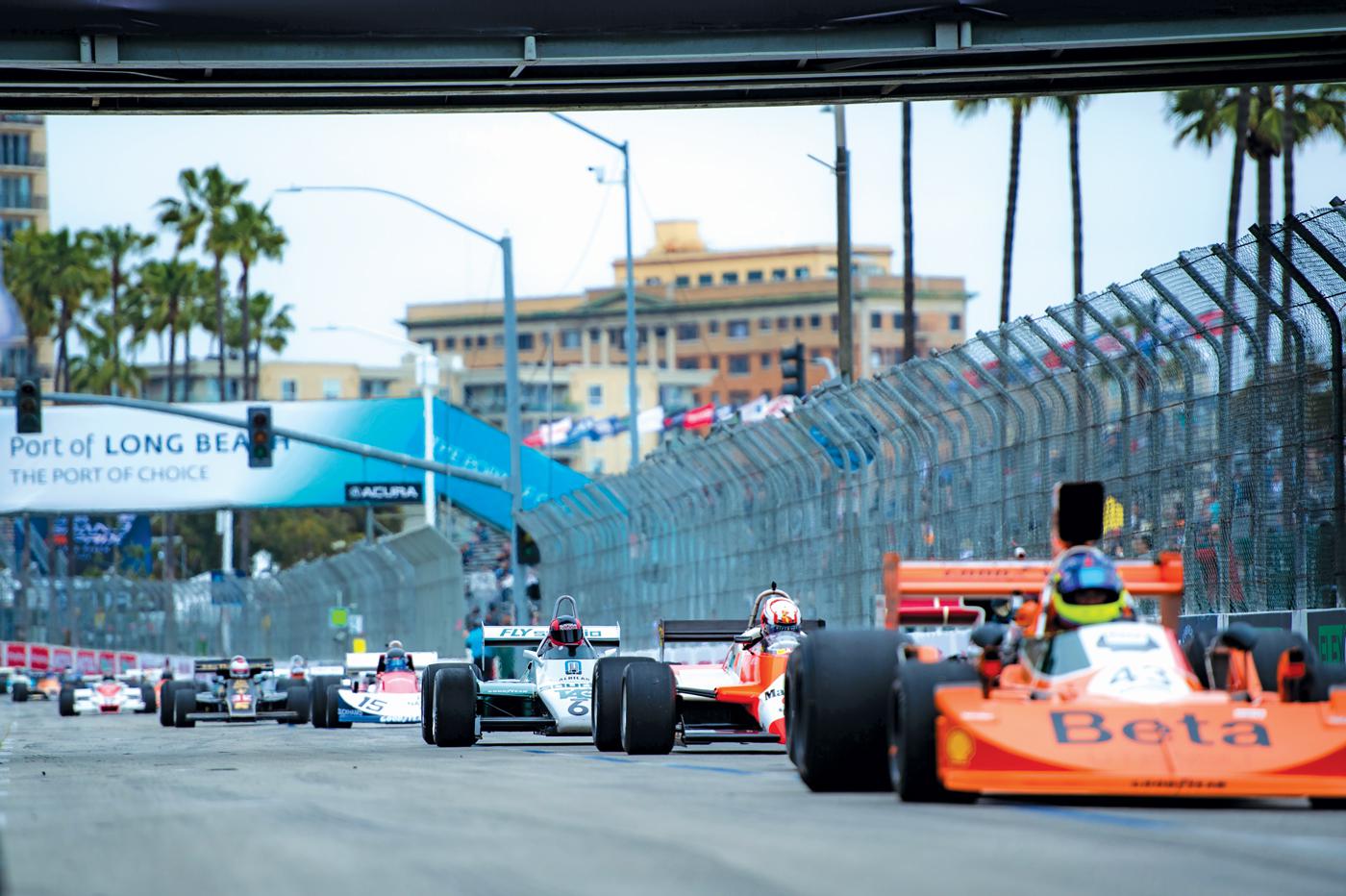
Despite facing significant challenges on several fronts, these companies continue to thrive in a highly nuanced segment where parts scarcity and cost concerns have always been part of the deal.
Vintage racing clubs, sanctioning bodies, and other related organizations continue to see sustained interest in niche segments, while the roster of eligible platforms expands, and class structures change in turn. Increasingly, vintage race shops have become a crucial element in the overall health of the sport.
Some focus on the stewardship of iconic racing machines and the high expectations of discerning clientele, while others are tasked with breathing new life into vehicles that may not have seen track time in decades. Although much of the latter can be attributed to the fact that more and more platforms are becoming “vintage” by definition with each passing year, there are other factors that have played key roles in reshaping this segment of the racing landscape over the past decade.
“One of the big things is that there are a lot of people who have built collections and have a lot of vintage racing experience who are starting to age out of the sport,” said Scott Drnek of Virtuoso Performance in Hayward, California. “Part of the reason that’s important is because most vintage racers buy the cars that resonate with them, specifically. So while someone in their early 60s might prefer F1 and sports prototype cars from the 1970s, that might not be the case for someone who is currently in their 40s. At least half of the people who are now coming into vintage racing aren’t particularly interested in the older cars. A Jim Clark Lotus might not mean much to them because their heroes are Mario Andretti and Alain Prost.”
Drnek added that the rising values of many vintage race cars has contributed as well. “Because many of these cars have gone up so much in value over the past 10 years or so, some of the owners just aren’t racing them anymore. When they originally bought it, it might’ve been a $50,000 car. But now it’s a half-million-dollar car, and their personal economy just hasn’t appreciated at the same rate. Consequently, the prices of entry-level vintage cars have also gone up. Twenty or 30 years ago, people might’ve seen vintage racing as a less-expensive alternative to SCCA or NASA. That’s really no longer the case.”
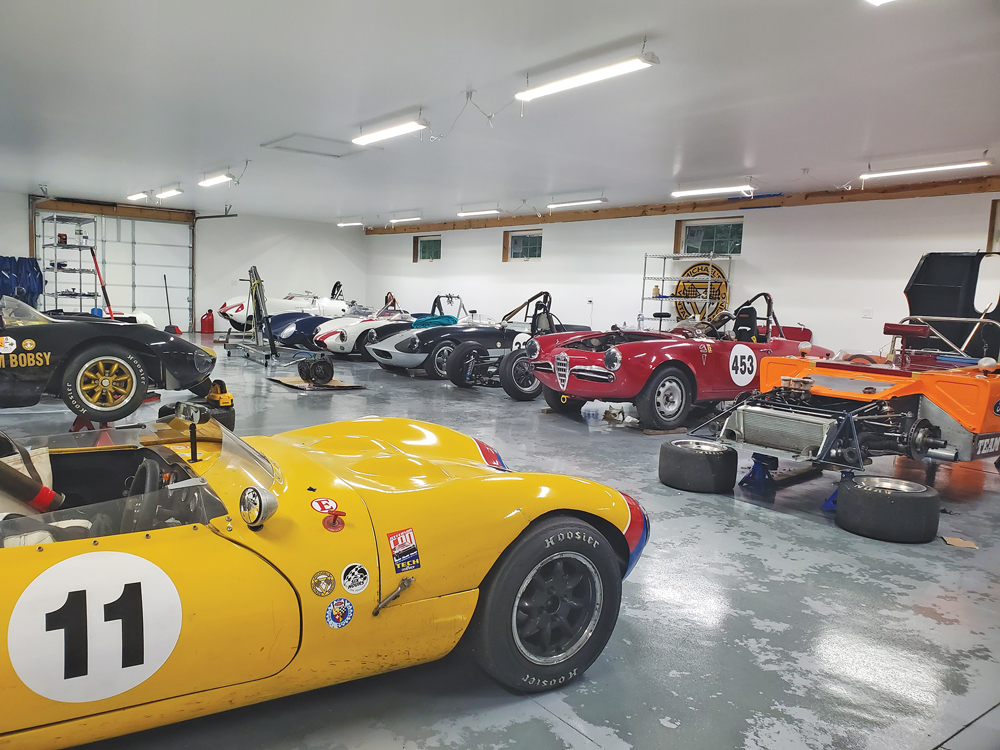
As Michael Clifford of Michael’s Vintage Racing in Scottsburg, Virginia, pointed out, these developments have changed the look of today’s vintage racing events. “We’re seeing a lot more cars from the mid-to-late 1970s and early 1980s than we were just a few years ago—BMW E30s, Porsche 944s, first-generation Mazda Miatas, and things like that. Depending on the event that we’re at, we can see anything from the 1950s and 1960s-era cars that everyone’s used to seeing at vintage racing events all the way up to virtually new GT and prototype cars.”
Keeping such an eclectic mix of vehicles race-ready requires a specialized approach to each platform, along with the needs of the drivers who are piloting them. As a result, the shops that focus their efforts on the vintage racing market tend to adopt a strategy that’s purpose-built for the segment that they serve.
Reviving The Past
When Steve Lathrop founded Citation Engineering in 1974, his goal was to put competitive Formula cars in the hands of more racers. Over the years, the Zionsville, Indiana-based company designed and produced cars that have won a dozen SCCA national championships across Formula Vee, Formula Ford, Formula Continental, and Formula Super Vee. Although interest in these classes fluctuated throughout the ensuing decades, Lathrop said that the recent rise of vintage racing has put a spotlight on these cars once again.
“Some of them never really retired. There are some guys who just kept the same car throughout the years,” observed Lathrop. “But with the onset of vintage, a lot of people are going around checking the garages and the barns, and are bringing some of these cars back out. They’re fetching a lot more money than they were when they were brand new.”
He told us that these days, Citation Engineering is more of a design firm than a traditional race shop, and there’s a good reason for that. “I’m seeing all of these cars for a second time—it’s a hell of a deal,” he said with a laugh. “Part of the reason is that some of the parts that these cars were originally built with just aren’t available anymore, so we’re trying to keep these things alive by redesigning parts of the car to work with components that are obtainable today. For example, the front uprights on the Z10 were originally from the VW Fastback, and we also used the spindle and bearings from the first-generation Golf. These parts are really hard to find today, so we’re making new uprights that accept the spindles from a third-generation Golf.”
Citation Engineering is also updating other elements of the cars to bring them into compliance with contemporary safety standards. “The rollbar rules have changed dramatically,” he said, “so we’re sending out drawings that explain how to modify the existing cars to meet the new rules. The big challenge is that we want to run the original bodywork on cars like the Formula Vee, and to build out the cage to modern standards, the bodywork requires some changes in order to make it fit. We’re also doing similar design work to put modern fuel cells in these cars without having to move the driver forward in the car. The generic wedge cells that people are using will move the driver forward about five inches at the shoulders, and I consider that to be an unsafe position because of the additional distance it puts between the driver and the rollbar.”
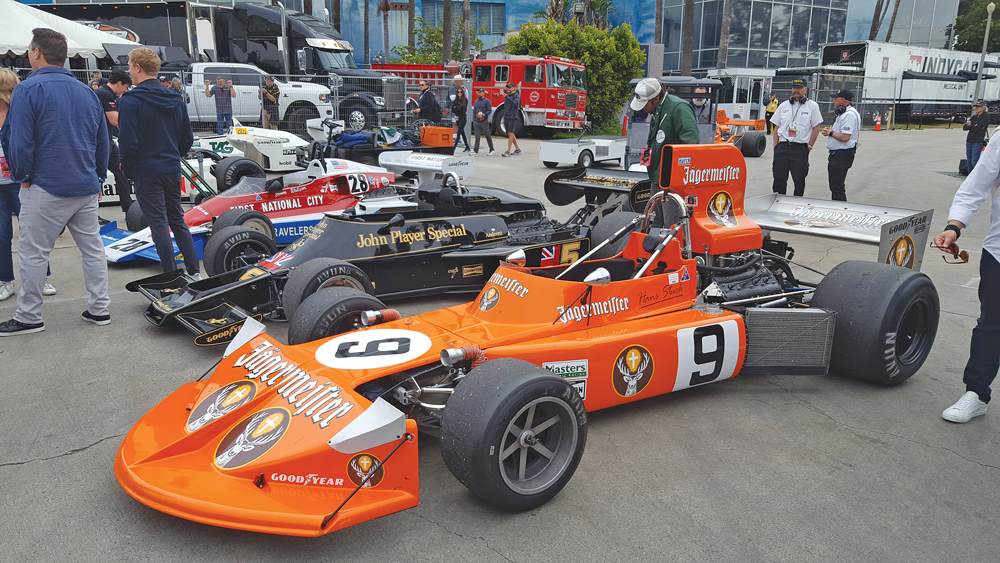
Serving The Market
While Citation Engineering focuses on updating the designs of the cars in order to make them easier to maintain and safer to run, outfits like Virtuoso Performance and Michael’s Vintage Racing often work more directly with the end user on a long-term basis. As Drnek noted, the services of vintage racing shops that offer “arrive-and-drive” customer experiences go well beyond preparing the car for competition. Transportation of the vehicle to and from events, trackside assistance, maintenance, and even hospitality are typically intrinsic elements of this holistic offering.
“All of our stuff is done in-house—engines, gearboxes, paint, and everything else,” Drnek said. “We have cradle-to-grave responsibility for these cars. And we use our experience and engineering knowledge to make engines that, in-period, might’ve lasted three hours at 12,000 rpm, now last four hours at 10,500 rpm. We can remove some reciprocating mass, we have more advanced materials and coatings, and we have better heat-treatments. You can’t just dial the engine back a little and call it good. If the engine was meant to run at 12,000 rpm, it probably didn’t start making power until about 9,000 rpm. You have to look at the whole package and consider things like cam profiles, compression ratios, fuel delivery—all of it.”
Beyond the durability expectations of his clients, Drnek noted that keeping these rare, historically significant engines intact is crucial for pragmatic reasons as well. “On a lot of these projects, the castings are simply irreplaceable,” he said. “If you’re racing a car that’s powered by a small block Chevy and you put a rod in the side, it’s a $5,000 inconvenience. A block for a V12 Alfa Romeo F1 engine costs 20 times that. So you spend a lot of time doing everything you can to prevent the potential for catastrophic failure.”
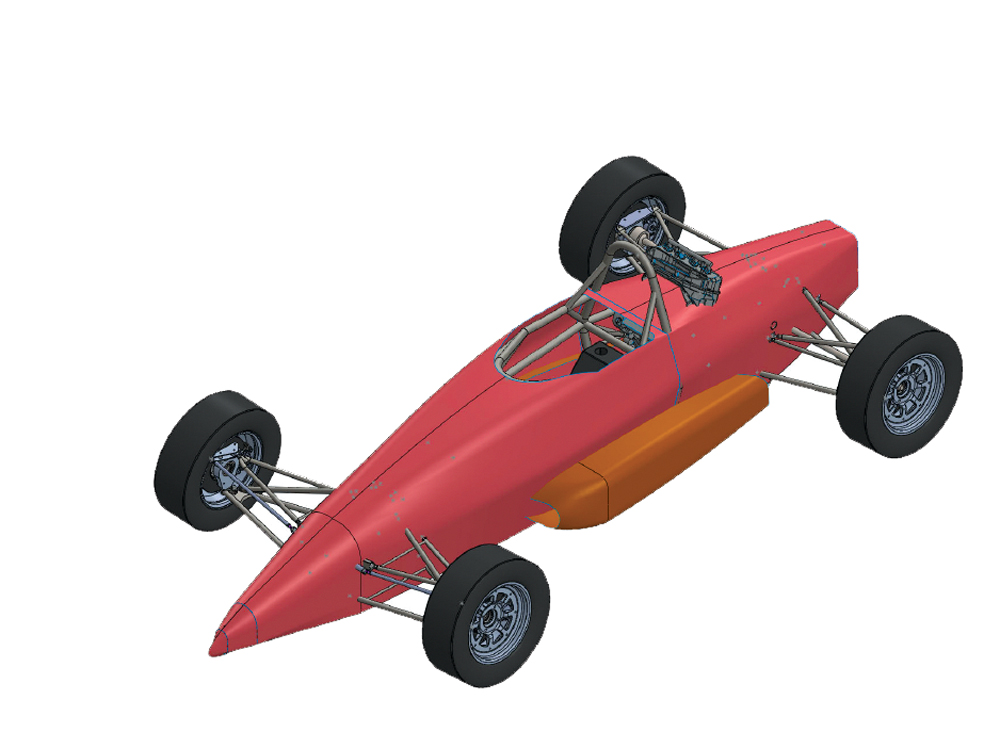
This zero-hassle imperative has also come from the changing expectations of vintage racing clients, he said. “The easiest way to understand our business model is to think about the way wealthy folks own horses. They don’t have a dually or a trailer. They have people, and they have a horse. In our case, the horse is the car, and we are our clients’ people. The cars are stored in our facility, and our clients tell us when and where they want to race them. They show up and the car is there, prepped and tested, and their driving gear is there cleaned and ready to go. Their wife’s favorite chardonnay is in the refrigerator, and we know what they like on their sandwiches. We put the whole experience together. Twenty years ago, this was a way for guys to get out of the house for a weekend with a legitimate excuse to go hang out with their buddies and race cars. But that’s changed. Today they want to bring their wife or girlfriend, they want to bring their kids. It’s turned into more of a family experience. As a business, that causes you to re-evaluate the experience that you’re presenting to your clients. You can’t just show up with a car that works anymore.”
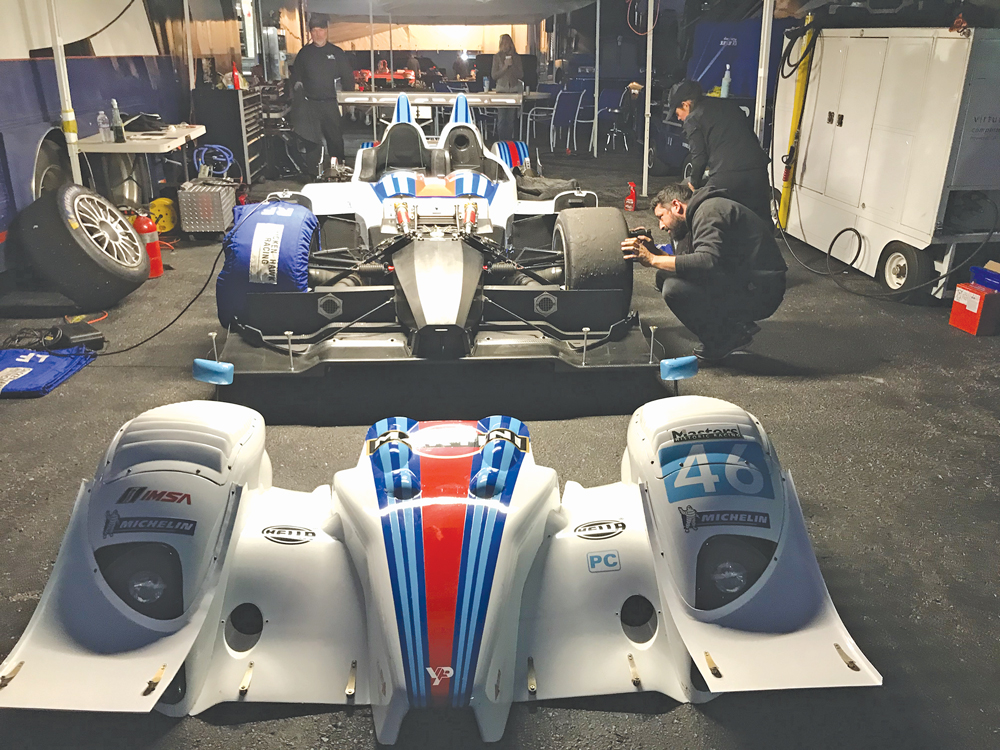
When it comes to sourcing hard-to-find parts, Clifford said that there are a few different tactics that can minimize headaches. “Part of the historical value of a car with an unusual or rare drivetrain is that unusual or rare drivetrain, so you have to develop some strategies to keep it going. Ideally, if you’re working with something that’s impossible to get if it breaks, you’d at least want to photograph and measure, and if you can, do a CAD scan of the components. That way you have something to work with if that component gets vaporized at some point in the future. In most cases, there’s a lot of information already available by now—blueprints at the very least, or historical knowledge bases. If none of that exists, which is something you’d want to research ahead of time, you have to plan ahead. In situations like that, it’s always a good idea to make spares before you need them.”
Maintaining Momentum
Although myriad different elements will play into the trajectory of the vintage racing market over the coming years, everyone seems to agree that keeping a steady flow of talent coming into the segment is paramount.
“So many modern series are moving to spec cars,” said Lathrop. “That can make life easier for a team—they can run five or six cars, and all they really need is a chief mechanic; they don’t have to have an engineer for each car. But I think the bespoke nature of vintage racing is attractive to people who’re looking for something that’s a little more unique, and the engineering itself plays more heavily into a team’s competitiveness. But that requires engineers who understand the platforms.”
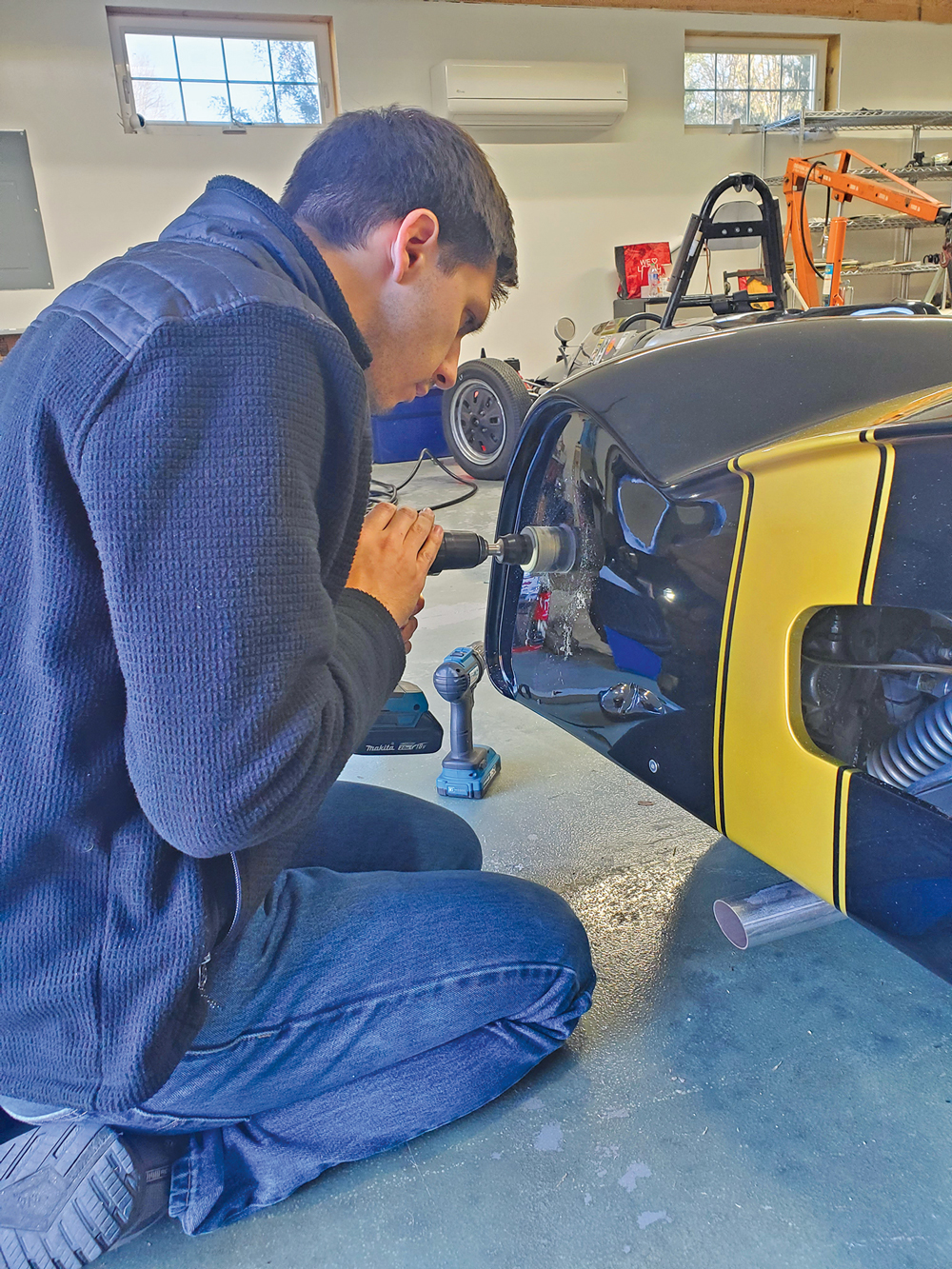
Those individuals are getting increasingly more difficult to find, Drnek said. “We’ve got to figure out a way to draw young talent. Part of it is a social issue; over the past 20 years or so, a stigma has been created against working with your hands. At first you might say, ‘Oh, that doesn’t seem like such a big deal.’ But that changes when you try to hire a plumber, or you need to get your fence fixed. One thing we’ve noticed with younger folks who’ve, for instance, gone through BMW’s Step program is that all they’ve learned to do is use a diagnostic computer and replace whatever the OBD system is telling them is broken. Maybe they’ve been at a dealership for a few years, and now they’ve gotten used to being the smart guy in the shop who all of the younger techs come to for help. But then they come here, and they discover that there’s no diagnostic port, there’s no wiring diagram, and there is no manual. You just have to figure it out the hard way. You have to understand how these systems work, then you have to understand how they fail, and then you can figure out what you’ve got to do. As you can imagine, that’s not the easiest sell.”
And as Clifford emphasized, part of the problem is that vintage racing simply is not reaching young people as effectively as it could be. “I think better PR would go a long way,” he said. “Most of the people running these cars aren’t particularly concerned about advertising the sport because they’re doing it for fun and they’re not really looking at the big picture. So it would be nice to see a more concerted and unified effort to spread awareness about the cars. The cars really do the heavy lifting here—they look cool, they sound cool, and they’re fun to watch. We just have to make people aware of them.”
SOURCES
Citation Engineering
icpcitation.com/cars.htm
Michael’s Vintage Racing
michaelsvintageracing.com
Virtuoso Performance
vprace.com
 MEMBERSHIP LOGIN
MEMBERSHIP LOGIN JOIN PRI
JOIN PRI


